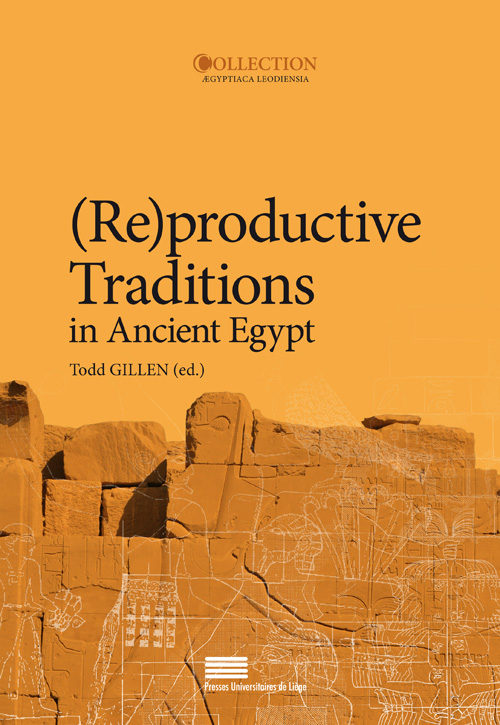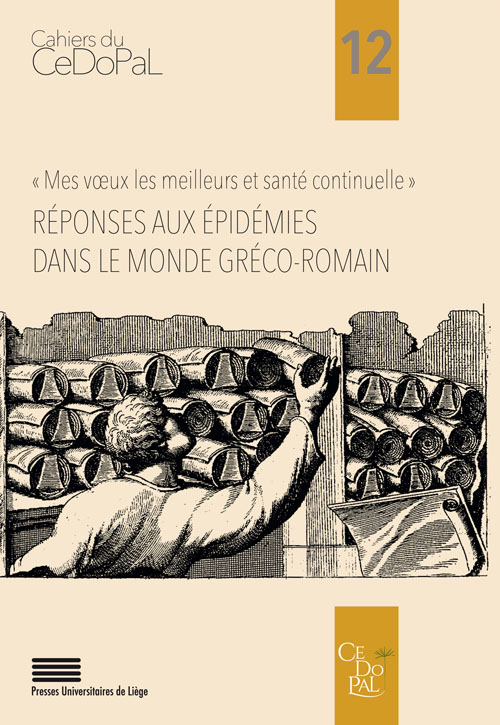Tradition is central to Egyptology, and this volume discusses and problematises the concept by bringing together the most recent work on archaeological, art historical and philological material from the Predynastic to the Late Period. The eclectic mix of material in this volume takes us from New Kingdom artists in the Theban foothills to Old Kingdom Abusir, and from changing ideas about literary texts to the visual effects of archaising statuary. With themes of diachrony persisting at the centre, aspects of tradition are approached from a variety of perspectives: as sets of conventions abstracted from the continuity of artefactual forms; as processes of knowledge (and practice) acquisition and transmission; and as relevant to the individuals and groups involved in artefact production. The volume is divided into four main sections, the first three of which attempt to reflect the different material foci of the contributions: text, art, and artefacts. The final section collects papers dealing with traditions which span different media.
The concepts of cultural productivity and reproductivity are inspired by the field of text criticism and form common reference points for describing cultural change across contributions discussing disparate kinds of data. Briefly put, productive or open traditions are in a state of flux that stands in dialectic relation to shifting social and historical circumstances, while reproductive or closed traditions are frozen at a particular historical moment and their formulations are thereafter faithfully passed down verbatim. The scholars in this volume agree that a binary categorisation is restrictive, and that a continuum between the two poles of dynamic productivity and static reproductivity is by all means relevant to and useful for the description of various types of cultural production.
This volume represents an interdisciplinary collaboration around a topic of perennial interest, a rarity in a field increasingly fractured by progressive specialisation.
Todd GILLEN earned his PhD in Egyptology from Macquarie University, Sydney, and worked as a postdoctoral fellow for the Ramses project at the University of Liège. He has published on a variety of topics relating to ancient Egyptian text and culture of the New Kingdom. He is currently pursuing a career in psychology and counselling.


